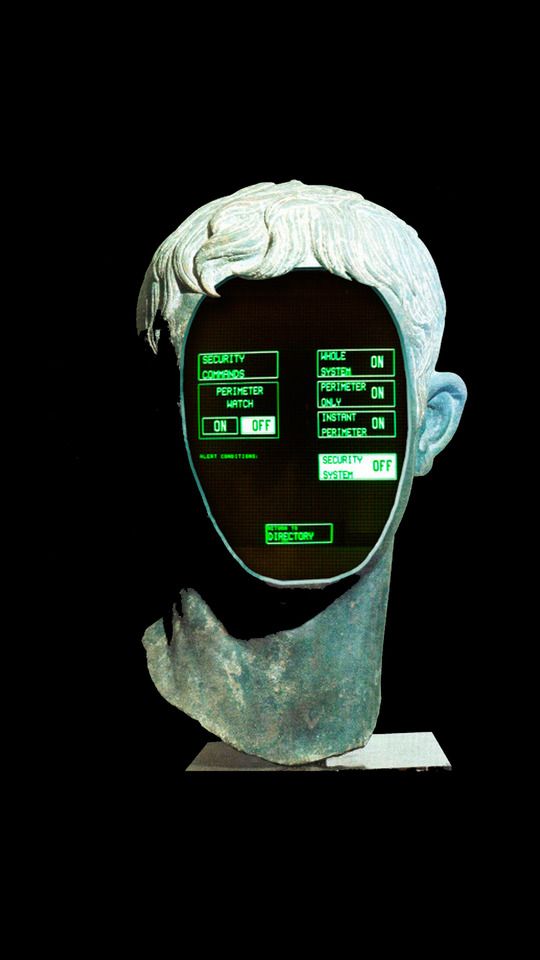 |
Case study: DDos intro
In computing, a denial-of-service attack (DoS attack) is a cyber-attack in which the perpetrator seeks to make a machine or network resource unavailable to its intended users by temporarily or indefinitely disrupting services of a host connected to a network. Denial of service is typically accomplished by flooding the targeted machine or resource with superfluous requests in an attempt to overload systems and prevent some or all legitimate requests from being fulfilled.
In a distributed denial-of-service attack (DDoS attack), the incoming traffic flooding the victim originates from many different sources. This effectively makes it impossible to stop the attack simply by blocking a single source.
|
|---|
DDodefinition
DDoS stands for Distributed Denial of Service. This type of attack involves sending large amounts of traffic from multiple sources to a service or website, intending to overwhelm it. A huge influx of traffic all at once can tie up all the site’s resources and thereby deny access to legitimate users.
This is DDoS, or Distributed Denial of Service, which is a malicious network attack that involves hackers forcing numerous Internet-connected devices to send network communication requests to one specific service or website with the intention of overwhelming it with false traffic or requests. This has the effect of tying up all available resources to deal with these requests, and crashing the web server or distracting it enough that normal users cannot create a connection between their systems and the server. |  |
|---|
 |
How DDoS attacks work
Because DDoS attacks require traffic to come from many sources, they are often conducted using botnets. This is like having an army of zombie computers to do the attackers’ bidding. Attackers use what we call a DDoSTool to enslave computers and build their army. This zombie network of bots (botnet) communicates with the command and control server (C&C), waiting for commands from the attacker who’s running the botnet.
|
|---|
The history of DDoS
According to Wikipedia, the first demonstration of a DDoS attack was made by hacker Khan C. Smith in 1997 during a DEF CON event, disrupting Internet access to the Las Vegas Strip for over an hour. The release of sample code during the event led to the online attack of Sprint, EarthLink, E-Trade, and other major corporations in the year to follow.
In early 2000, Canadian teen hacker Michael Calce upped the DDoS ante and made a big impression on the business community by bringing down Yahoo! with a DDoS—a feat he repeated in the week that followed by disrupting other major sites such as Amazon, CNN, and eBay.
|  |
|---|
hech@usi.ch
+41779064575
DDoS |
Chengjiang He |
|
|---|